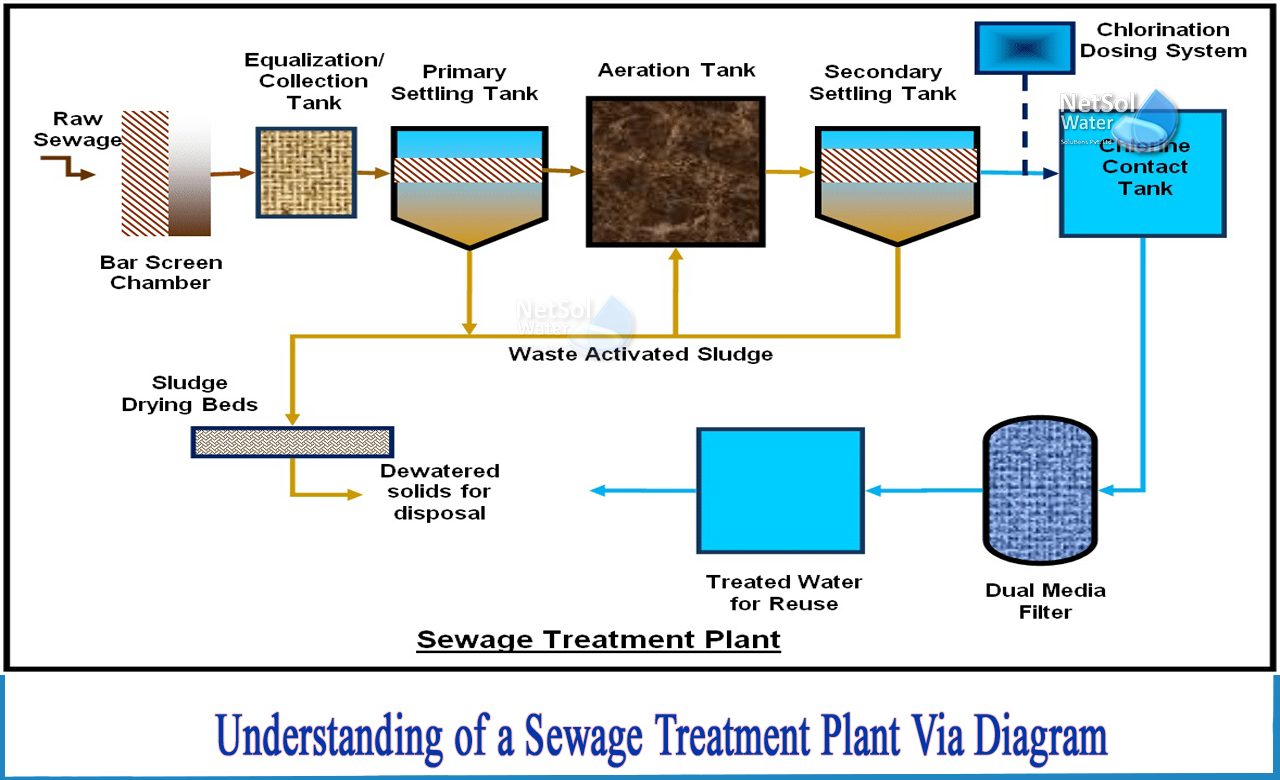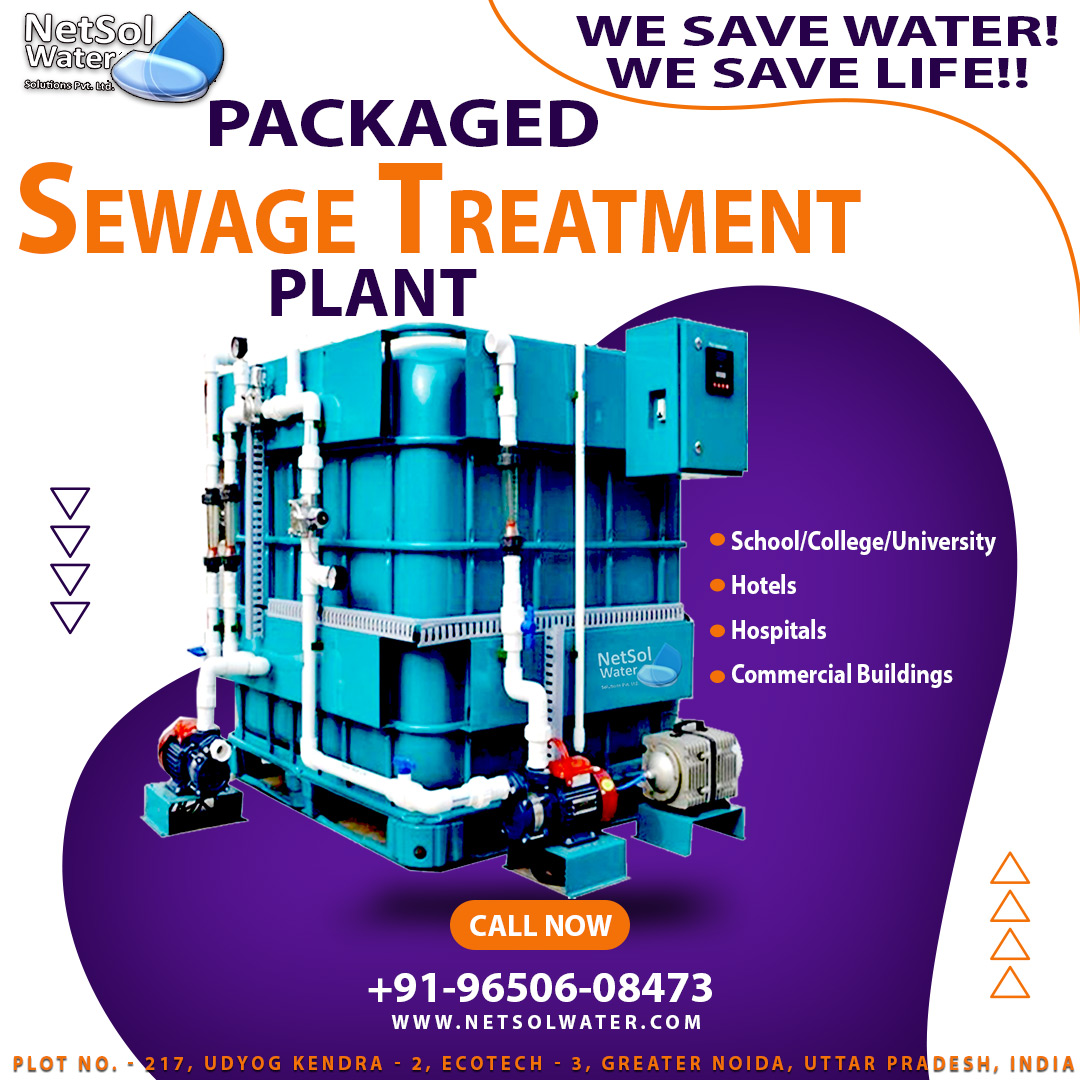How Sewage treatment plant work explain via diagram?
There are 5 stages in a wastewater treatment plant:

1). Movement of sludge
The first step is to make sure that the wastewater is well drained into the sewage treatment plant. No matter where it comes from, it must follow the same route. Wastewater is sent to the sewer and sent to the next sewage treatment facility via an underground pipe.
Sewage pumping stations, such as those available for pumps, often play a decisive role at this stage. For example, if the room is under the main sewer system (such as a basement bathroom or utility room), or if it is difficult to connect to the main sewer system, you may need a sewage pumping station. You will arrive where you need it.
2). Pre-screening
Many things that shouldn't be there go into the sewer. For example, diapers, sanitary napkins, incontinence pads, condoms, cleaning and makeup wipes, and plastic bags are not uncommon. Everything needs to be removed before starting wastewater treatment. Debris and gravel washed off the street are also removed at this stage.
3). Primary settlement
The next step in wastewater treatment is the separation of suspended solids. To do this, the wastewater is pumped into a large sand basin. Solid particles are heavy and will sink to the bottom of the tank. Here they can form a layer of sludge and remove it.
4). Secondary wastewater treatment
After removing all the visible debris, it's time to work on the invisible debris.
This is done by a two-step biological process. First, the wastewater is held in a large tank and air is pumped in to promote the growth of bacteria. This is known as the "activated sludge method". The water then passes through a special filter bed. These beds contain billions of "wasteful" bacteria that essentially digest organic matter and break down waste into harmless substances.
5). Third-line treatment
This is the final stage of wastewater treatment. At this point, the water is already very clean. Only the last few particles of dirt need to be removed before draining.
The exact tertiary wastewater treatment required depends on the type and sensitivity of the water received. For example, bathing and mussel water usually require disinfection. However, phosphorus and nitrates (that is, nutrients in wastewater) must also be removed to protect waters that suffer from eutrophication (nutrient abundance).
In both cases, the process is the same. Wastewater simply passes through a special tank (so-called humus tank) or reed bed and is finally drained into the selected body of water.
Example of a drainage pump system to bring the sewer to the main sewer:
Put the sewer on the right track.
Feel free to contact Netsol water, if you need more information about water treatment or advice on how to improve your home's wastewater management.
Here at Netsol, we have expertise in the sewerage system and will answer your questions. We also sell various sewage pumping stations. All of these are designed to move sewage and divert it to the main sewer system if gravity does not work reliably.




